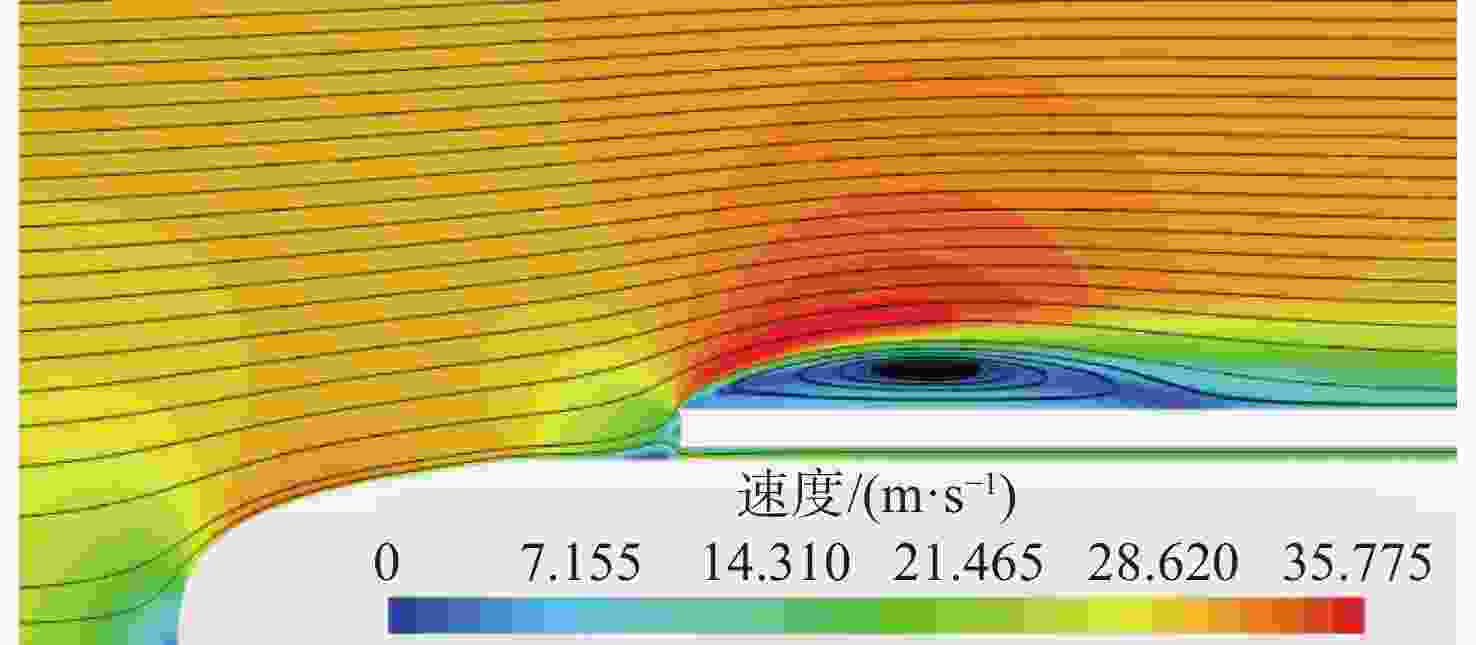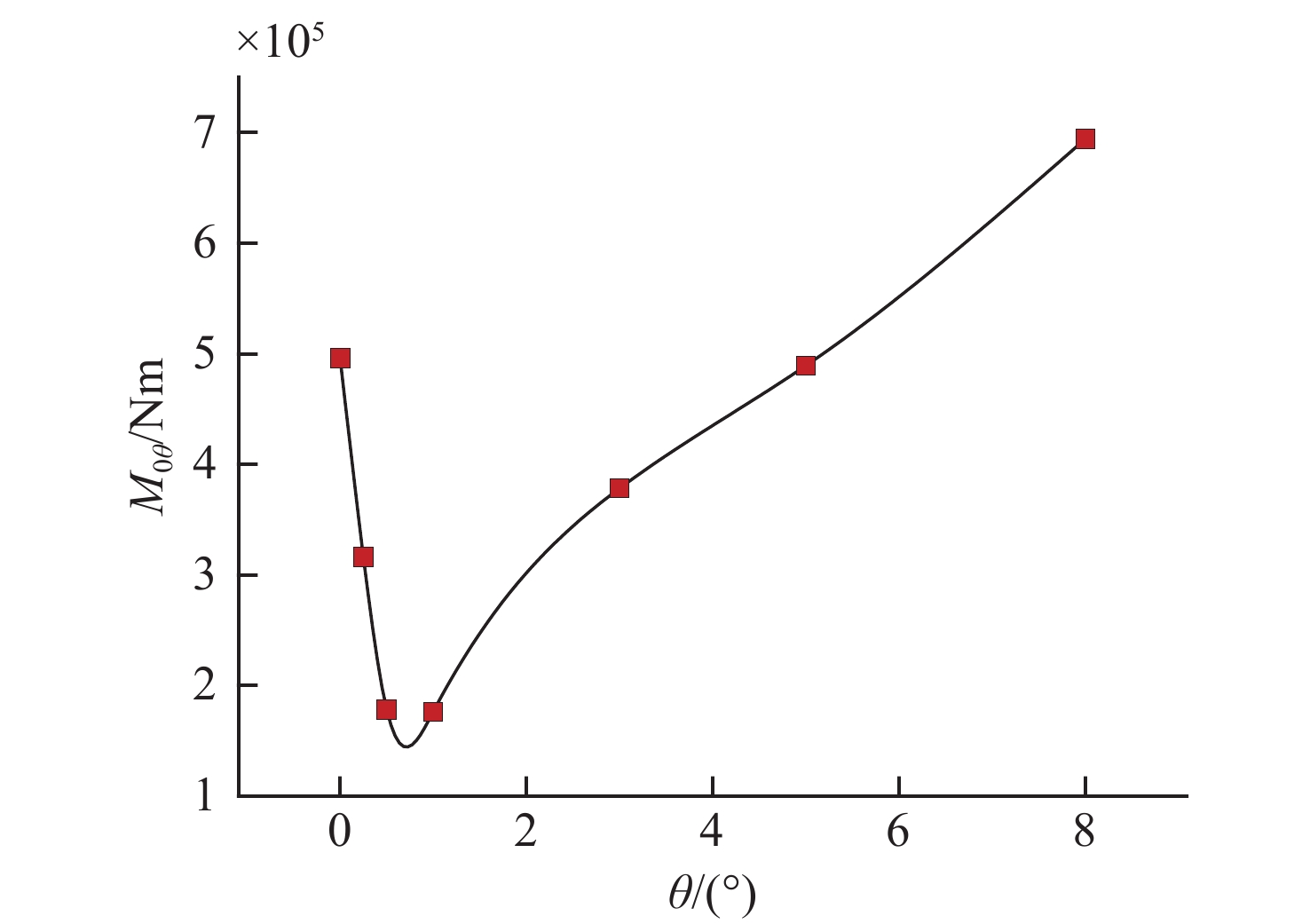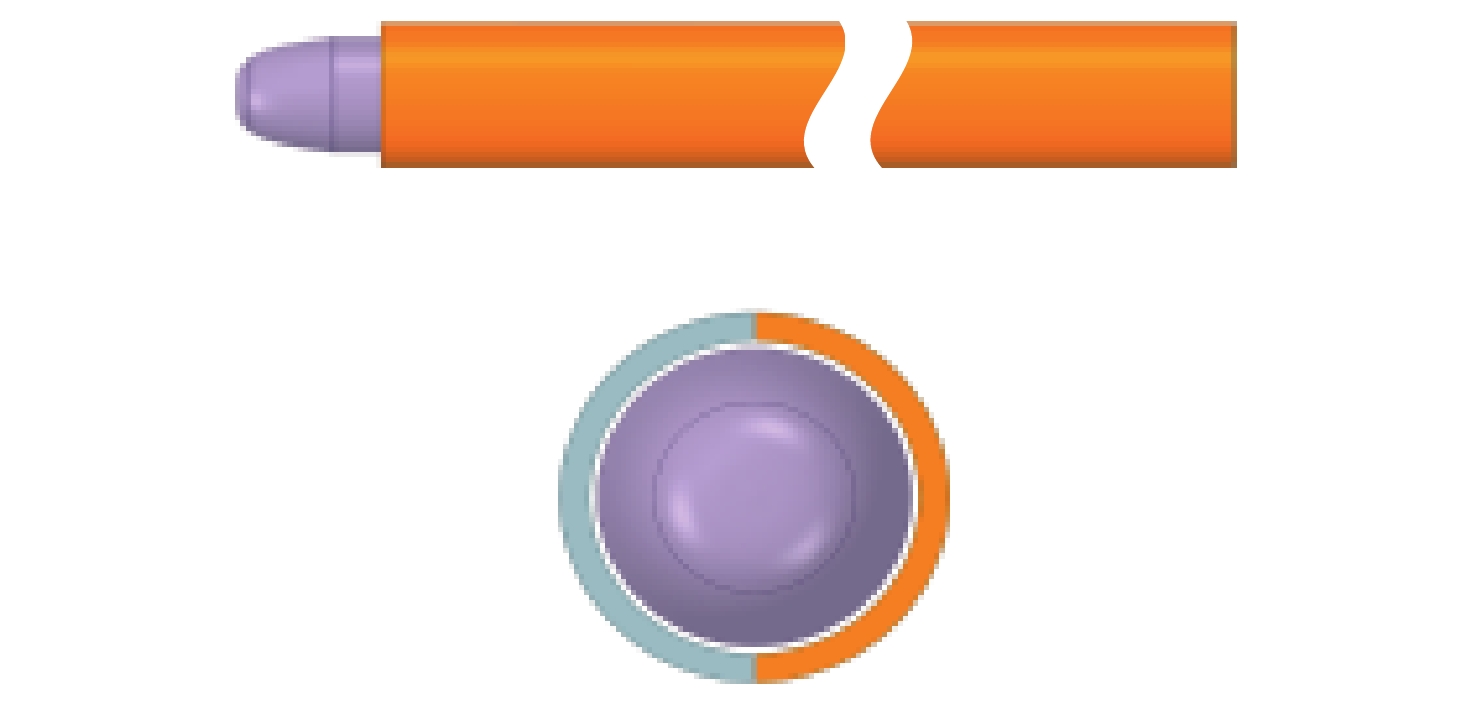| [1] |
徐新栋, 李建辰, 曹小娟. 鱼雷缓冲头帽入水冲击性能研究[J]. 鱼雷技术, 2012, 20(3): 161-165.Xu Xindong, Li Jianchen, Cao Xiaojuan. Water-entry impact performance of torpedo’s cushion nose cap[J]. Torpedo Technology, 2012, 20(3): 161-165.
|
| [2] |
严忠汉. 试论鱼雷入水问题[J]. 中国造船, 2002, 43(3): 88-93. doi: 10.3969/j.issn.1000-4882.2002.03.013Yan Zhonghan. A brief review of water-entry problems for torpedo[J]. Shipbuilding of China, 2002, 43(3): 88-93. doi: 10.3969/j.issn.1000-4882.2002.03.013
|
| [3] |
权晓波, 包健, 孙龙泉, 等. 基于耦合欧拉-拉格朗日算法的航行体缓冲头帽冲击性能[J]. 兵工学报, 2022, 43(4): 851-860. doi: 10.12382/bgxb.2021.0168Quan Xiaobo, Bao Jian, Sun Longquan, et al. Impact performance of cushion nose cap of underwater vehicle based on CEL method[J]. Acta Armamentarii, 2022, 43(4): 851-860. doi: 10.12382/bgxb.2021.0168
|
| [4] |
李鸿, 李光磊, 刘志远, 等. 基于流固耦合的降载空化器高速入水数值研究[J]. 振动与冲击, 2021, 40(23): 254-259.Li Hong, Li Guanglei, Liu Zhiyuan, et al. Numerical simulation of high-speed water entry of cavitator with load reduction device based on fluid-structure interaction[J]. Journal of Vibration and Shock, 2021, 40(23): 254-259.
|
| [5] |
潘瑛, 徐德民, 宋保维, 等. AUV水下分离运动及分离方式研究[J]. 西北工业大学学报, 2004, 22(4): 505-508.Pan Ying, Xu Demin, Song Baowei, et al. On the kinematics and mode selection for separation motion of AUV[J]. Journal of Northwestern Polytechnical University, 2004, 22(4): 505-508.
|
| [6] |
曹廷旭, 宋保维, 潘光. 水下航行器载荷分离模型的建立与仿真[J]. 鱼雷技术, 2004, 12(3): 17-19.Cao Tingxu, Song Baowei, Pan Guang. Dynamics model and simulation for an AUV load separating[J]. Torpedo Technology, 2004, 12(3): 17-19.
|
| [7] |
何振民, 刘广涛, 王宝寿, 等. 水下高速航行体分离特性数值研究[C]//第十一届全国流体力学学术会议论文摘要集. 深圳: 中国力学学会, 2020.
|
| [8] |
宋保维, 邵成, 李家旺, 等. 自主式水下航行器载荷水下浮力解脱分离方法[J]. 兵工学报, 2007, 28(2): 249-252. doi: 10.3321/j.issn:1000-1093.2007.02.028Song Baowei, Shao Cheng, Li Jiawang, et al. A new method of load separation from autonomous underwawer vehicle[J]. Acta Armamentarii, 2007, 28(2): 249-252. doi: 10.3321/j.issn:1000-1093.2007.02.028
|
| [9] |
宋金梁, 申洪彬, 刘继鑫, 等. 多级可分离式AUV系统设计与仿真分析[J]. 海洋工程, 2019, 37(5): 107-116.Song Jinliang, Shen Hongbin, Liu Jixin, el al. Design and CFD simulation analysis of a multistage separable AUV[J]. The Ocean Engineering, 2019, 37(5): 107-116.
|
| [10] |
白治宁, 王明洲, 王旅, 等. 雷箭分离时运载器-分离舱组合体运动特性非定常数值仿真[J]. 水下无人系统学报, 2018, 26(2): 122-128.Bai Zhining, Wang Mingzhou, Wang Lü, et al. Unsteady numerical simulation on motion characteristics of combination of rocket and separating-capsules during torpedo-rocket separation[J]. Journal of Unmanned Undersea Systems, 2018, 26(2): 122-128.
|





 下载:
下载:
















